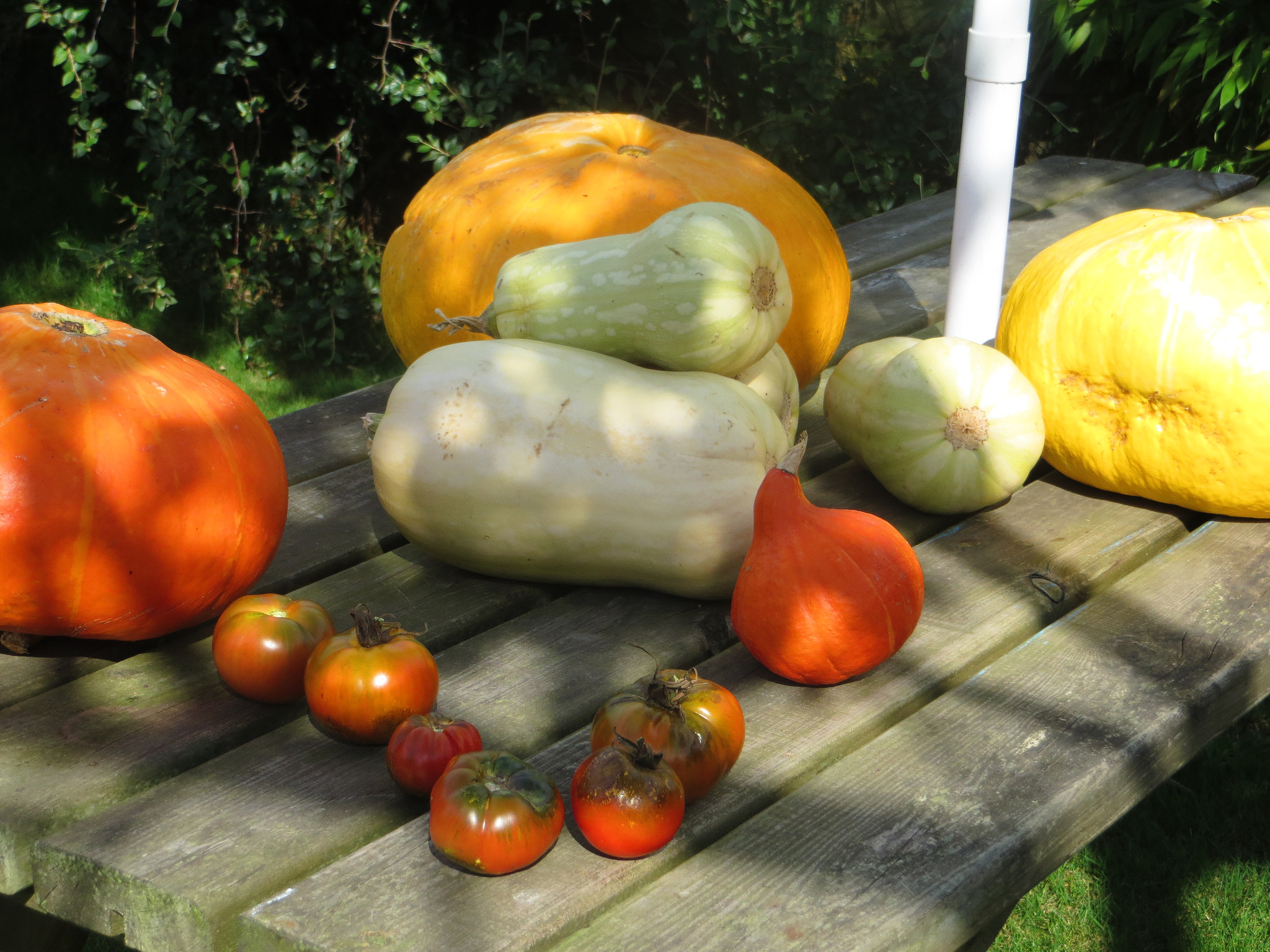The produce industry is in a state of constant change: rapidly growing, developing, and diversifying to reflect current trends in consumption, and to reflect the relevant upswings and downturns of the economy.
To adapt to this changing environment and thrive, many businesses in the produce industry have opted to use emerging technologies and digital management systems to optimize their own processes and operate more efficiently. Let’s take a more in-depth look at some of the reasons why producers adopt these technologies…
Unprecedented Freedom
Intelligent software provides options such as bi reporting (business intelligence).
It tracks and archives traditionally hard-to-capture data such as stock levels and supply chain, and provides users with sophisticated visual representations. Importantly, this technology is accessible across multiple platforms and can be connected to hand-held devices and tablets. This gives an unprecedented level of freedom to producers to capture data across multiple business areas in real-time.
It also centralizes information and lessens the potential for human-based error.
The centralization of information means that producers are able to share data across departments to further streamline processes. For example, a person involved in calculating inventory across multiple suppliers can access point-of-sale data as well as historical sales data to calculate future order numbers.
The emphasis on enhanced visual presentation of data (through charts, graphs, pictures, and tables) within these digital management technologies makes information easier to understand and disseminate, an important factor in the highly-visual ideas marketplace, and in the workplace.

Flickr CC/Rhian
Daring to Digitize
Many businesses still rely on pen and paper to capture their precious business data, leaving them open to unfortunate events (think of the damage fire and flood can wreak upon a business).
A smarter, more forward-thinking option has been to digitize existing information and to move forward with the capture of data into a native digital system. Digital technologies and devices which have been used by the consumer market are now sophisticated enough to be driving change for business.
These technologies are designed to be used across different devices; they’re portable, protectable (in case of disaster), and able to be loaded and generated across multiple devices in multiple places, leading to greater productivity and output.
A further benefit to data digitization is through data automation.
Simply put, the more data that is input by a business, the more an overall trend is able to be seen and predicted. This can allow producers to lessen their resource wastage, and to create areas of efficiency which may have otherwise gone unnoticed. Smart technology indeed!
Productive Produce
With this increase in data automation, and the use of this data to predict future trends, the produce sector is on target to decrease the amount of wastage and spoilage it generates. This can benefit the producer directly (by increasing their profit margins) with the potential to provide an immense real-world benefit to the environment and to the marketplace by ensuring quality, fresh produce is available, sustainable, and equipped to meet peak demands.
The Bottom Line
Forecasting and growing markets is a major focus for any successful business.
By utilizing the integrated features available in new technologies and bi reporting, producers have the potential to track their market share and gradually implement their growth strategies in a meaningful way. This takes some of the risk-of-the-unknown out of infiltrating new markets, and allows businesses to react in real-time to changes to the economy and the environment in ways which were previously unavailable.







